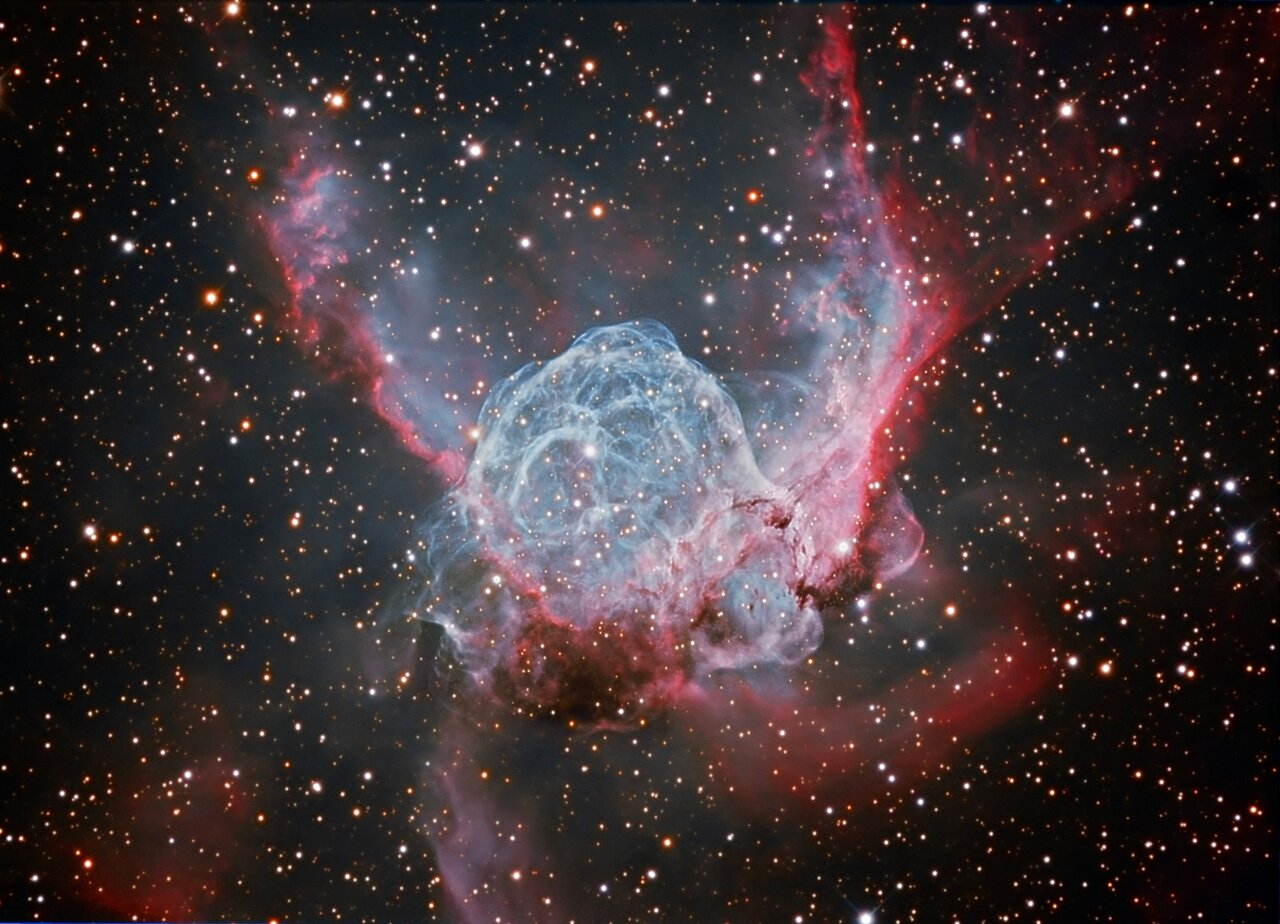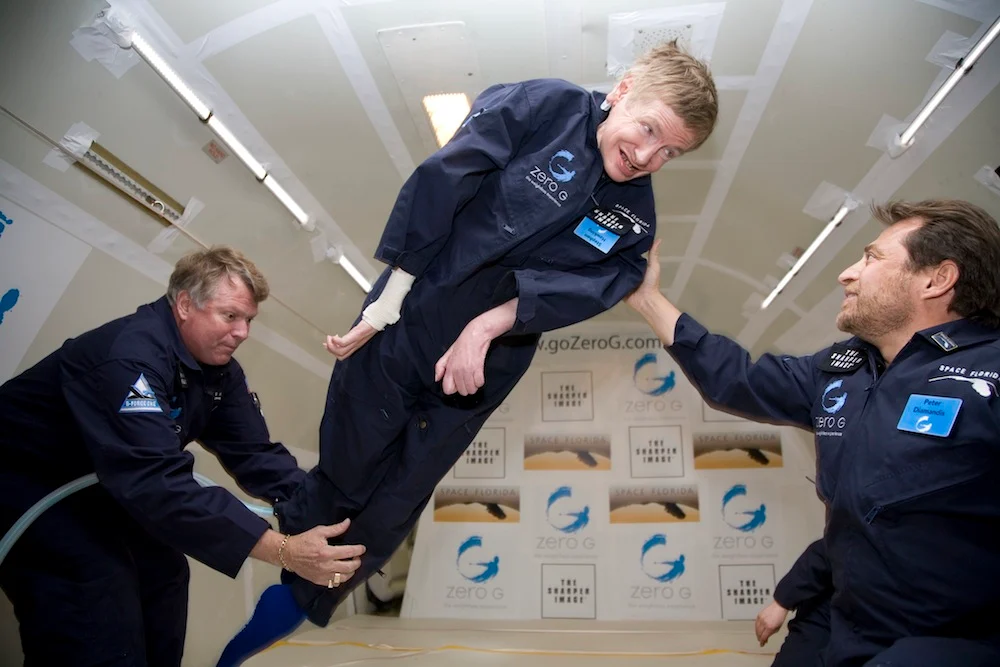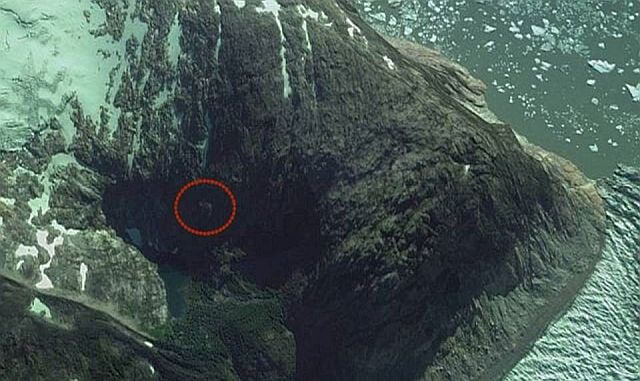NASA Psyche mission is about the change the game of communicating in deep space as the agency is preparing to conduct laser communication system tests during the mission. The American space agency recently announced that it is getting ready to test the laser technologies that could enable it to send more sophisticated data in space and possibly stream live videos directly from Mars.
NASA is almost ready to launch its Deep Space Optical Communications (DSOC) mission in the fall of 2023 to check how lasers could greatly boost data transmission speed which will transmit much faster when compared to radio frequency space communications. This implies that the American space agency will test the DSOC will be launched alongside NASA’s psyche mission in October 2023 to test laser communication in space.
How DSOC Will Play Its Role In Enhancing Deep Space Communication During NASA Psyche Mission
Communication from deep space has remained one of the greatest challenges space agencies often encounter during any space mission. While every space agency currently relies on the current radio frequency to communicate from spacecraft in deep space, laser communication systems are about to change the game of communicating in space. NASA designed the DSOC as a near-infrared laser transceiver to send and receive data from deep space during the NASA Psyche mission.
The agency is hoping that this new technology someday in the future play an essential role during human explorations of Mars and possibly transmit enriched data from deep space back to Earth. NASA is planning to place the DSOC near-infrared laser transceiver on its Psyche spacecraft as it commences its journey in October. NASA Psyche mission will spend its first two years transmitting data to two ground stations in south California via its DSOC near-infrared laser transceiver.
This communication will enable NASA to test the sophistication of laser transmitters. The agency will also test the sensitive detectors that could help it to achieve high-speed space laser communication. Unlike radio-based communication, NASA hopes to get more data that will be transmitted at a faster rate from its laser communication.
The fact remains that radio and laser communication systems still deploy electromagnetic waves in transmitting data. However, near-infrared light in NASA’s DSOC will transmit data using tighter waves. This implies that the ground stations can receive more data in a faster period.
“DSOC was designed to demonstrate 10 to 100 times the data-return capacity of state-of-the-art radio systems used in space today,” said Abi Biswas, DSOC’s project technologist at NASA’s Jet Propulsion Laboratory in Southern California. “High-bandwidth laser communications for near-Earth orbit and Moon-orbiting satellites have been proven, but deep space presents new challenges.”
Why NASA Is More Focused On Improving Space Communications With Its Laser Technologies
Space agencies often rely on a communication system installed aboard spacecraft to communicate with space vehicles during operations. The amount of data received during any mission will determine the success of the mission. Hence, NASA introduced its revolutionary laser communications systems to its Psyche mission to enhance the way it communicates with its robotic spacecraft from deep space. The agency is planning to liftoff the NASA psyche mission in October 2023.
After its launch, the spacecraft reach its destination in August 2029 if everything goes according to plan. NASA is planning to style the asteroid Psyche 16 using its Psyche mission. Scientists believed that the Psyche 16 may contain $18 quintillion in heavy metals. Hence, the mission will help NASA to learn if the asteroid truly contains a huge amount of rare metals on its terrain.
“DSOC represents the next phase of NASA’s plans for developing revolutionary improved communications technologies that have the capability to increase data transmissions from space — which is critical for the agency’s future ambitions,” Trudy Kortes, director of the Technology Demonstrations Missions (TDM) program at NASA Headquarters in Washington. “We are thrilled to have the opportunity to test this technology during Psyche’s flight.”
Technologies Embedded On The DSOC For The NASA Psyche Mission
NASA embedded several sophisticated new technologies on its transceiver which will fly with the Psyche spacecraft. These technologies include a new photon-counting camera fixed to an 8.6-inch (22-centimeter) grey-silver aperture telescope. You can see how NASA attached it to the side of its Psyche space probe in the image displayed below.
Streaming video from Mars? Maybe one day!@NASA's Deep Space Laser Communications (DSOC) experiment, set to ride along with Psyche this fall, will test how lasers could speed up data transmission – paving the way for broadband communications in deep space: https://t.co/sQtTopJ08W pic.twitter.com/p664tJuGtd
— NASA JPL (@NASAJPL) August 8, 2023
DSCOS will autonomously lock an uplink laser sent by the Optical Communication Telescope Laboratory located at JPL’s Table Mountain Facility near Wrightwood, California. As soon as the transceiver is locked on, it will locate the 200-inch (5.1-meter) Hale Telescope at Caltech’s Palomar Observatory in San Diego County, California.

It Will finally deploy the near-infrared laser to send high-rate data to ground receivers in Palomar California. NASA is hoping to enhance its communications technologies in future missions. However, the outcome of this mission will determine how NASA is going to take its further step in transmitting data from deep space.
Conclusion
NASA Psyche mission will transmit enriched data from deep space using its laser communication systems. As the American space agency plans to launch the mission in October 2023, it has remained optimistic about the future of the new communication technologies embedded in the craft. What do you think about this powerful new communication technology?





